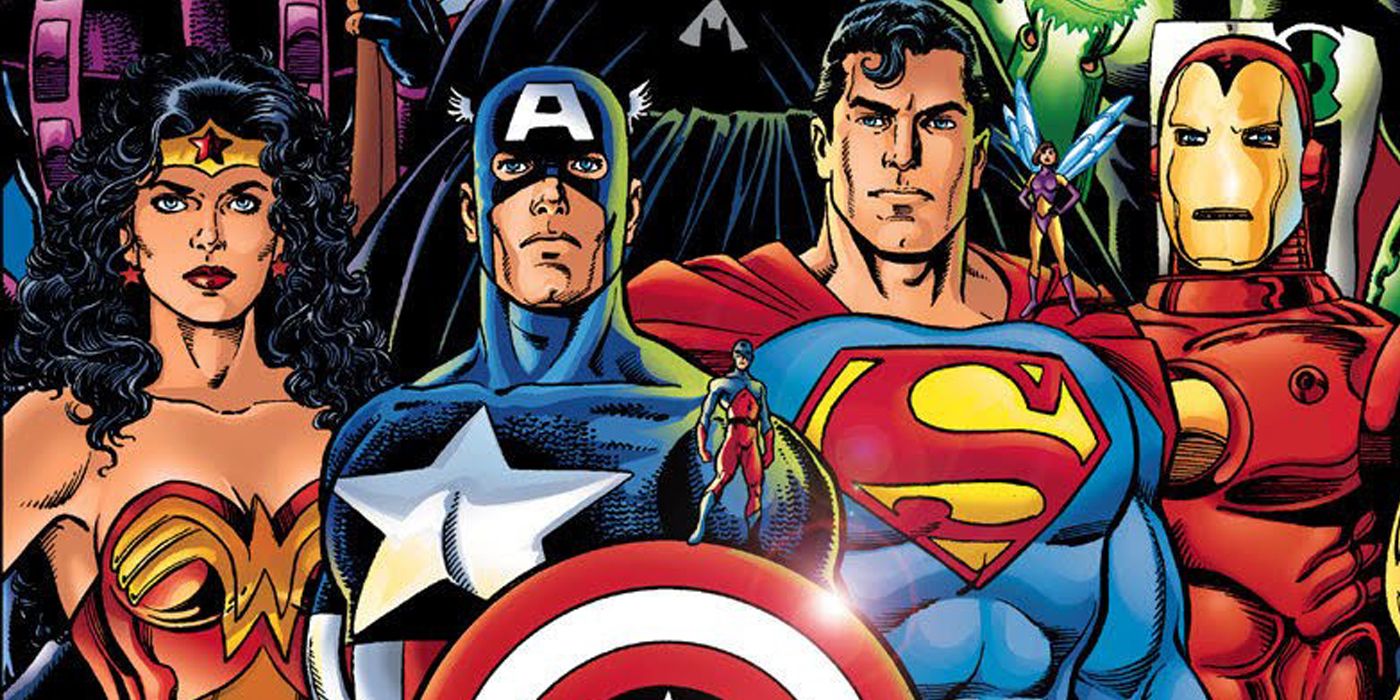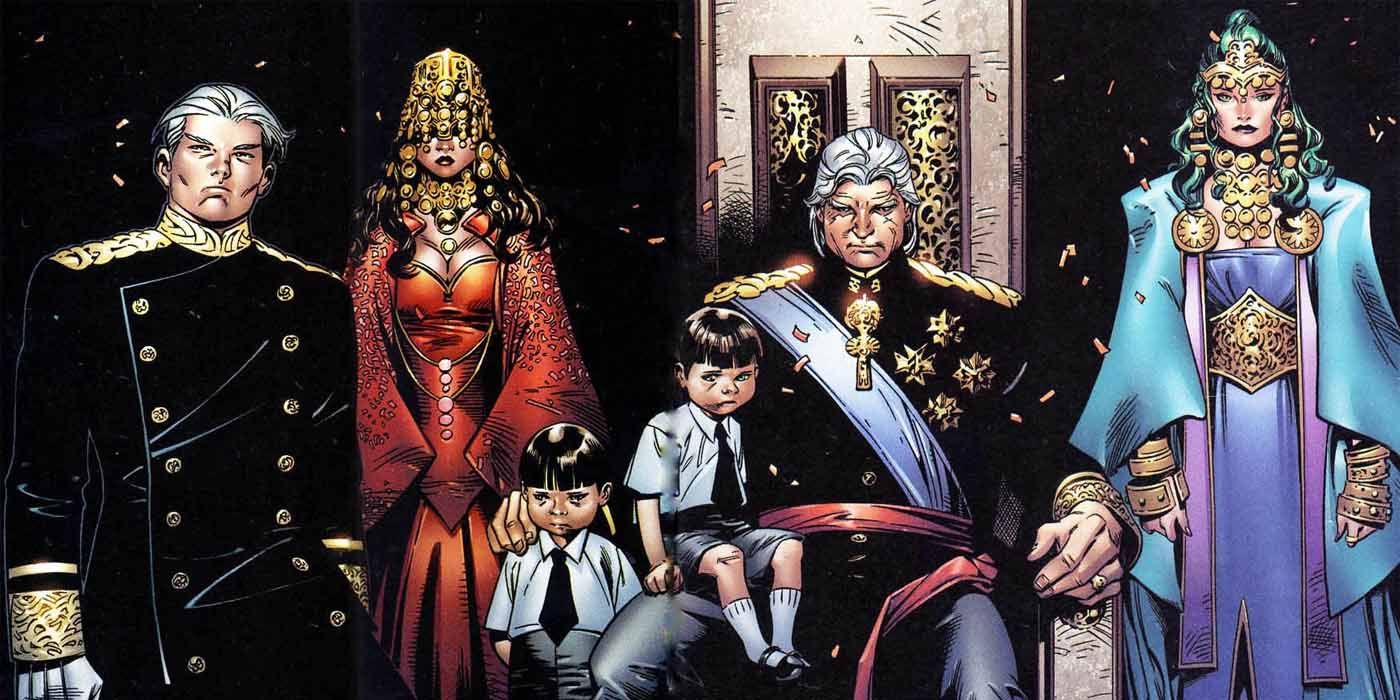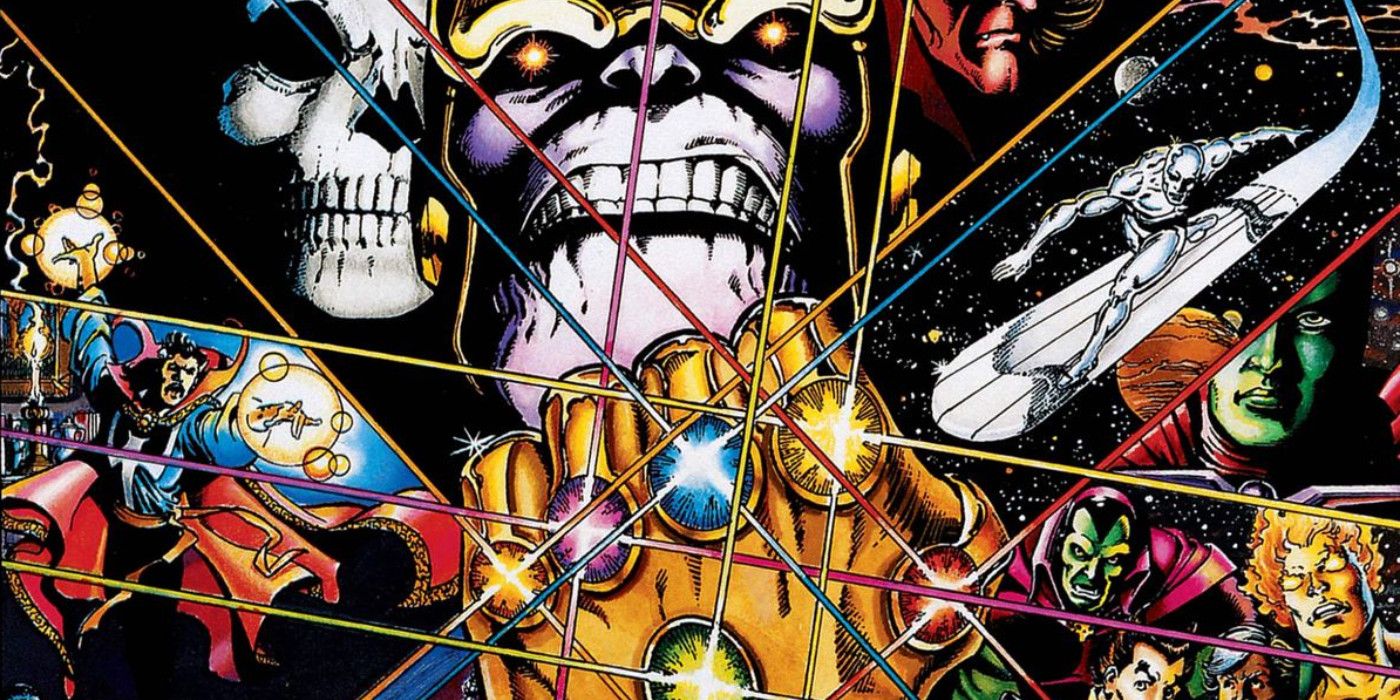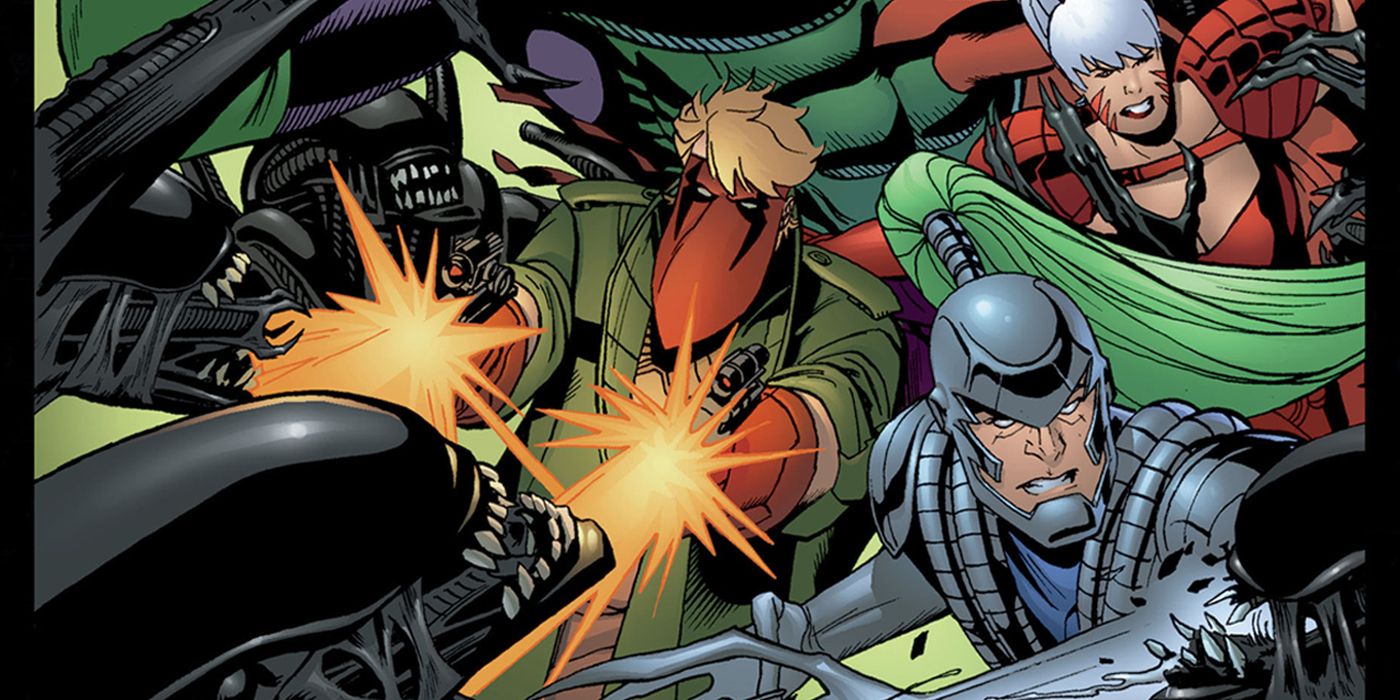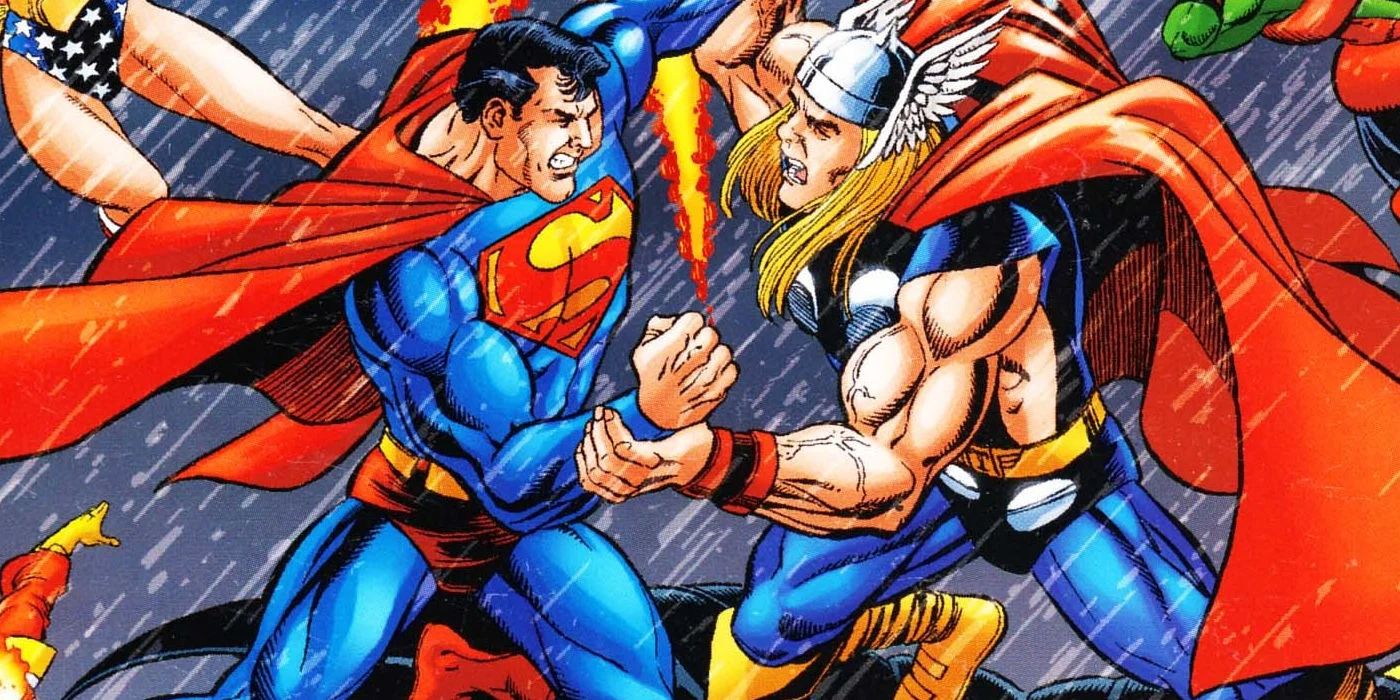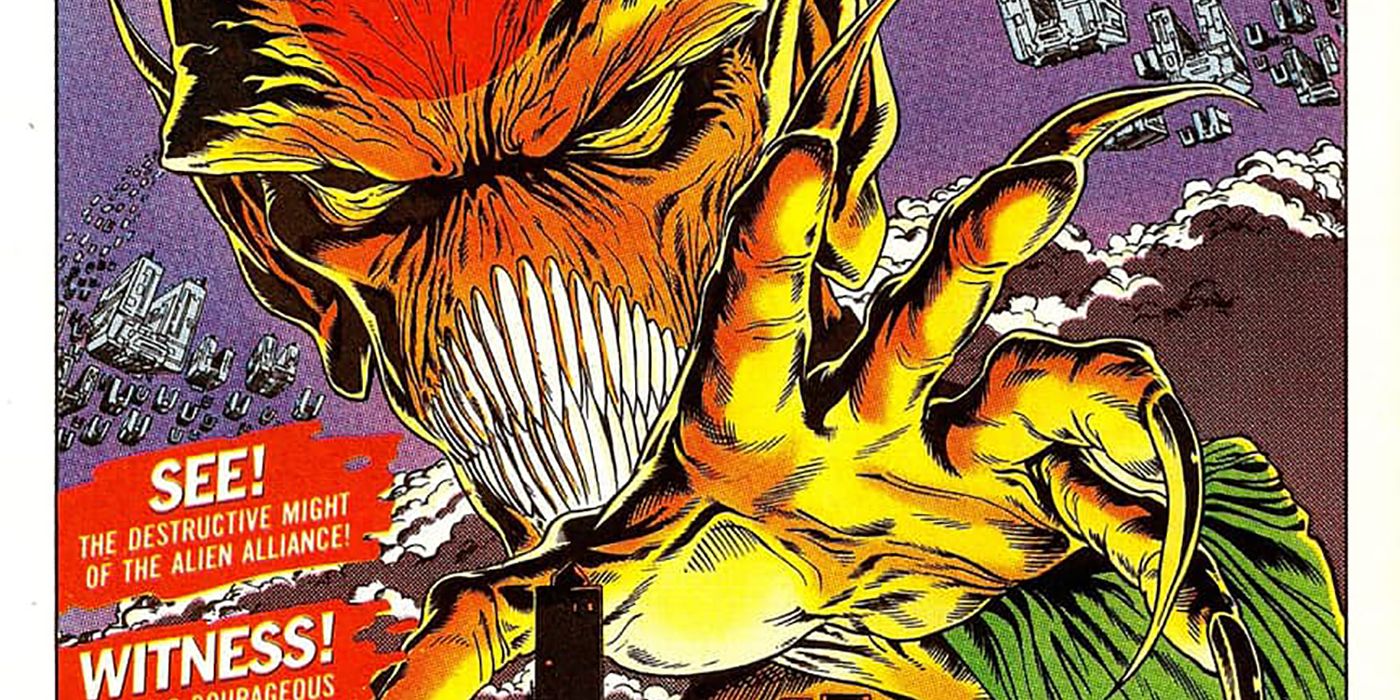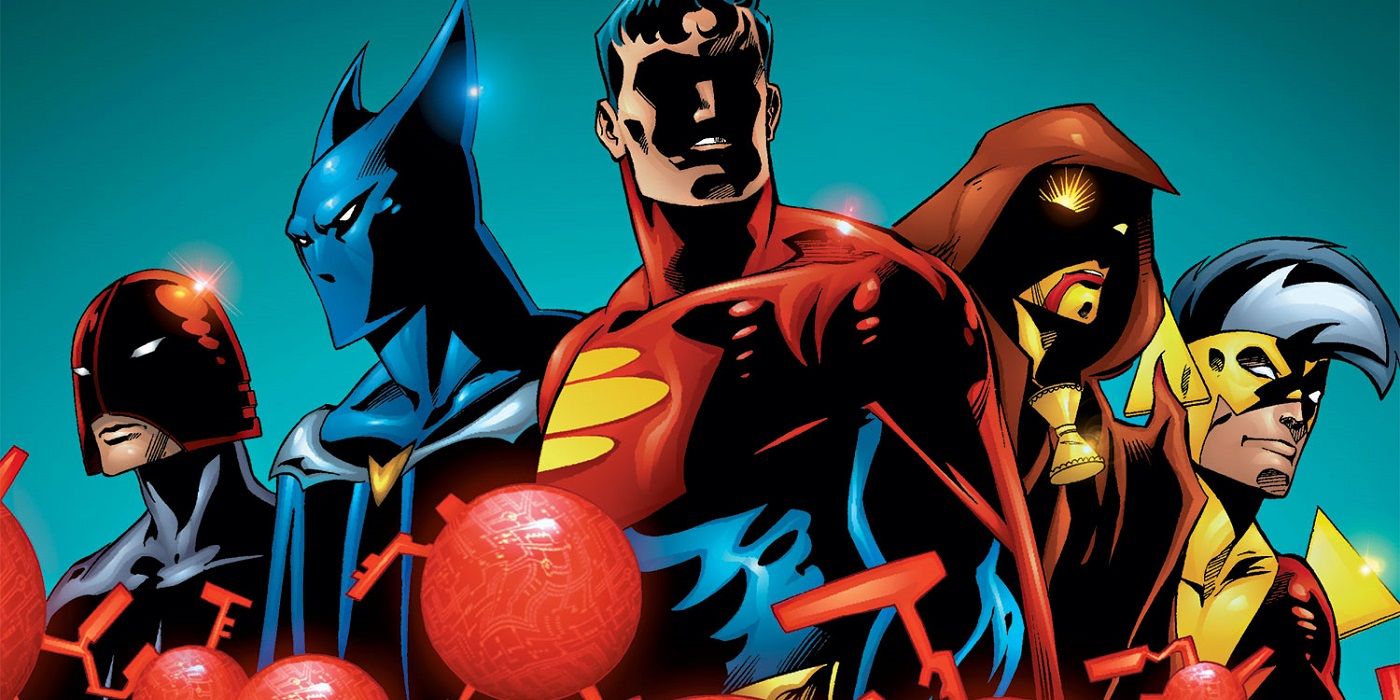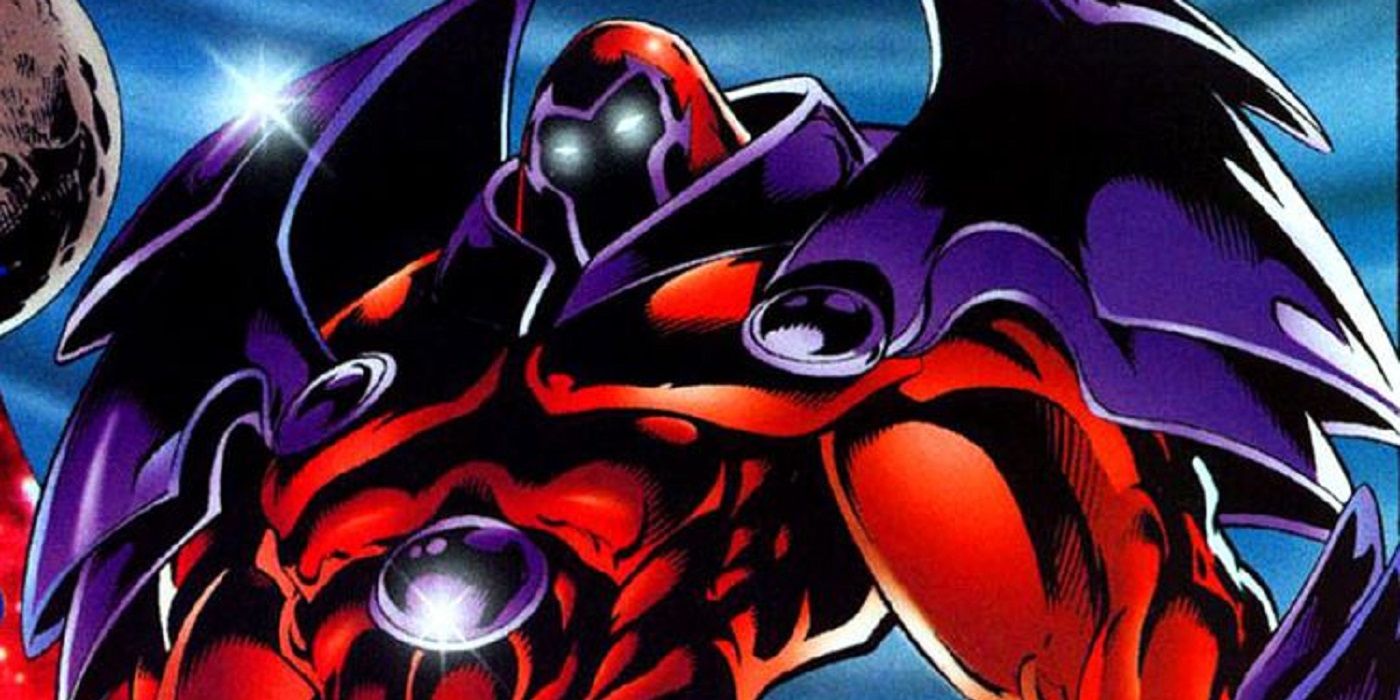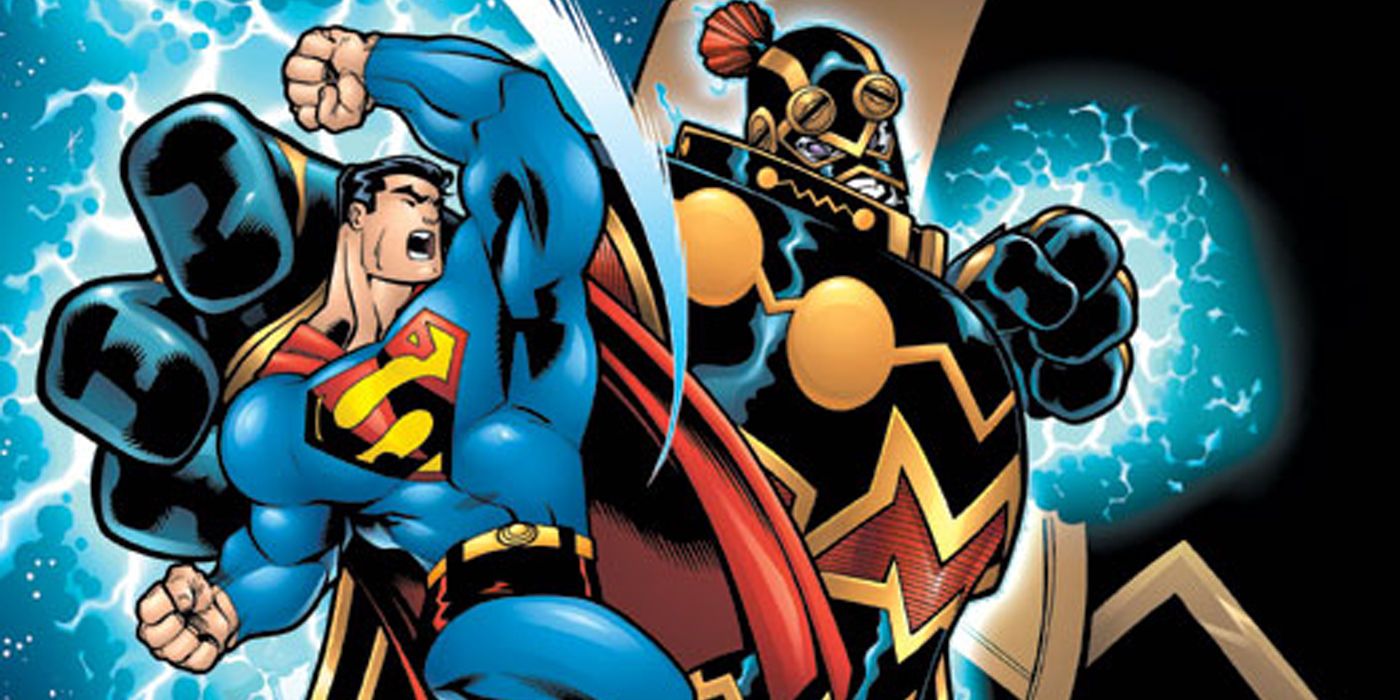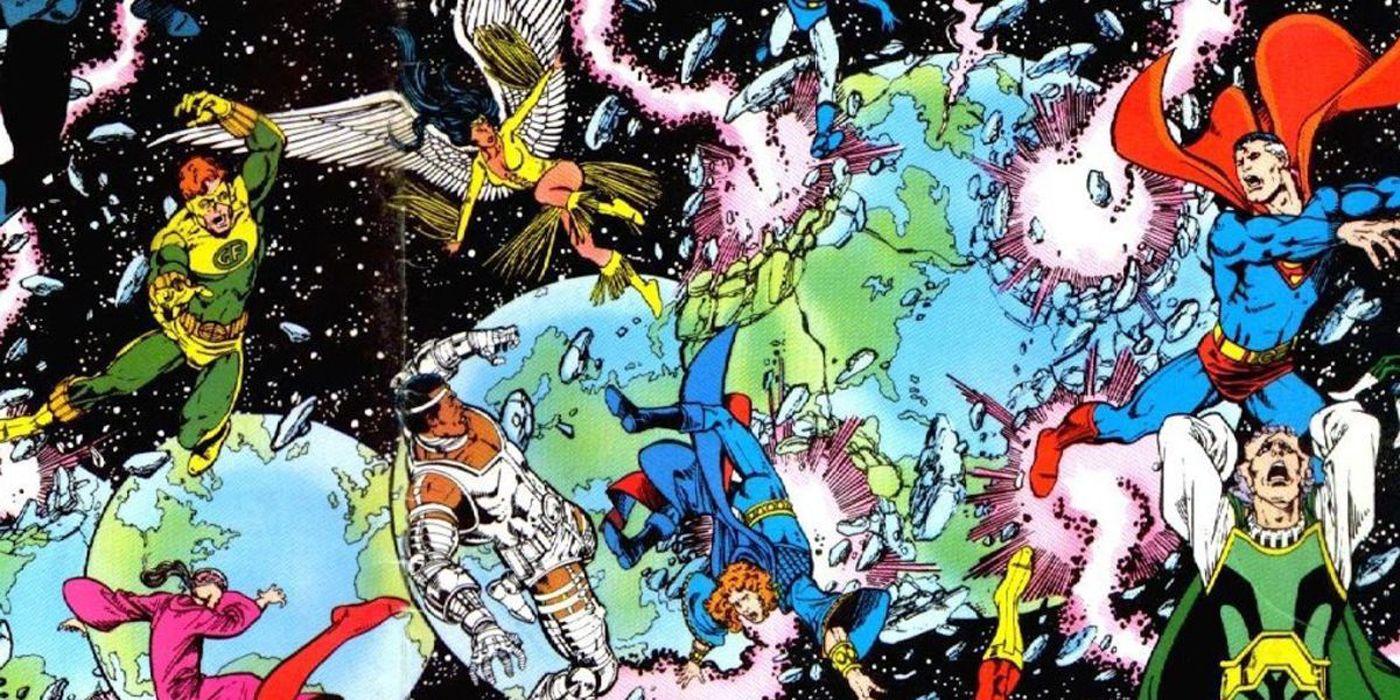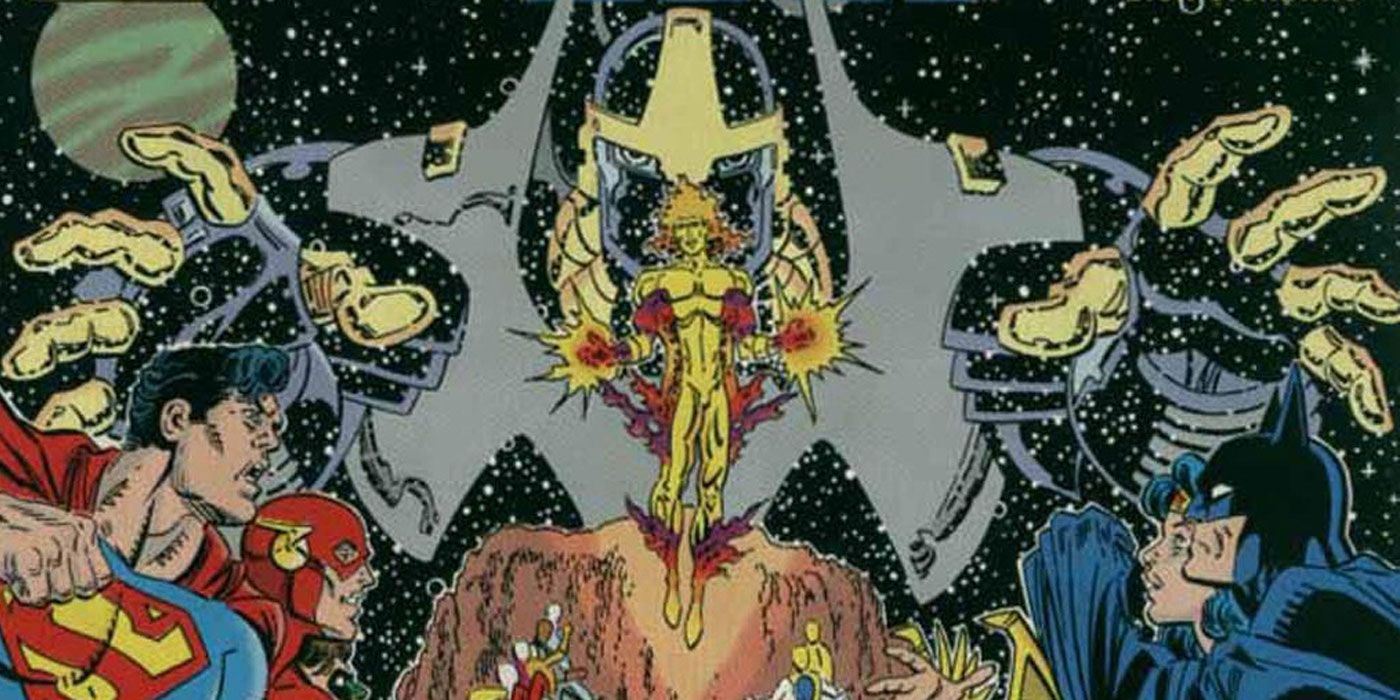Comic book crossovers are a big deal – or at least, they should be. Otherwise, what’s the point of bringing together so many different superheroes, if it’s back to business, as usual, the moment the immediate danger has passed? Yet that’s often how things pan out in so-called “event” comics: once the dust has settled and the hype subsided, it becomes apparent that the status quo hasn’t really changed all that much.
Fortunately, some crossovers do result in lasting consequences. Indeed, once the Big Two of superhero comics, Marvel and DC, decide to shake things up, they tend to adopt an “all or nothing” mentality, wreaking major havoc within the fictional universes they publish. But such wholesale change is far from a given, and as this list illustrates, for every line-wide comic book story that changes everything, there’s at least one more that winds up having no impact at all!
10 Changed Everything: House Of M
2005’s House of M was a direct follow-up to Avengers: Disassembled, which saw Earth’s Mightiest Heroes laid low by their unhinged teammate Scarlet Witch. So it had a high bar to clear in terms of delivering wide-reaching, meaningful change. But somehow creative team Brian Michael Bendis and Olivier Coipel did just that with this epic tale of the Marvel Universe gone topsy turvy.
By the time House of M and its related tie-ins had wrapped up, the dormant Phoenix Force had reawakened (in turn sowing the seeds for the Avengers vs. X-Men event), Hawkeye was alive once more, Wolverine’s memories had been restored, and – most importantly – the global mutant population was slashed from millions to merely hundreds, dramatically altering the state of play in the Marvel Universe.
9 Changed Nothing: The Infinity Gauntlet
The Infinity Gauntlet can lay claim to a higher body count than most comic book crossovers – before we even reach its halfway mark, half of all sentient life in the Marvel Universe has been snuffed out! With that many casualties, you’d think the House of Ideas’ entire line of publications would never be the same going forward – and you’d be wrong. By the time this mini-series has drawn to a close, main baddie Thanos’ act of cosmic genocide has been reversed, erasing any permanent damage.
This conclusion was as inevitable as it was underwhelming, which is probably why Marvel Studios took liberties with the Infinity Gauntlet storyline when adapting it for the big screen.
8 Changed Everything: WildC.A.T.s/Aliens
Crossovers between comics and movies are typically forgettable affairs and with good reason. After all, the rightsholders of the properties involved don’t want to throw their respective continuities into disarray over what essentially amounts to a quick cash-in – which is why they either play it safe or make it clear that the story in question takes place outside of continuity.
And that’s what makes WildC.A.T.s/Aliens so unique: writer Warren Ellis and editor Scott Dunbier insisted that this be a book that mattered. So, when several members of supergroup Stormwatch are fatally injured going head-to-head with the mini-series’ titular interstellar beasties, their demise was treated as canon for eight whole years, right up until the Wildstorm Universe itself was rebooted.
7 Changed Nothing: JLA/Avengers
Admittedly, nobody really expected there to be any large scale fallout from JLA/Avengers – that’d be a bit like demanding meaningful repercussions from Archie Meets The Punisher! OK, so maybe that’s a little unfair – this Marvel/DC collaboration was treated as canon, for one thing – but it’s clear that both publishing houses were eager to keep it a relatively self-contained affair.
That’s not to say that JLA/Avengers doesn’t boast some of the coolest moments in any crossover, because it surely does. It’s just that – other than introducing the cosmic egg that launched the first incarnation of DC’s weekly series Trinity – nothing about proceedings permanently changed either the DC or Marvel Universes.
6 Changed Everything: Invasion!
If this were a list ranking the most well-crafted crossovers of all time, then Invasion! would have struggled to make the cut. Luckily enough for this late ‘80s limited series, we’re only concerned about consequences, not quality – an area where Invasion! easily trumps other, more elegantly executed efforts.
Take the Gene Bomb that plays a pivotal role in Invasion!’s narrative: going forward, this plot device was used to rationalize the origins of new metahuman superheroes and villains. The event also made some fairly significant amendments to Legion of Super-Heroes lore and laid the foundation for Grant Morrison and Richard Case’s acclaimed run on Doom Patrol.
5 Changed Nothing: DC One Million
Don’t get us wrong: DC One Million is a blast to read. But when all is said and done, this company-wide crossover by Grant Morrison and Val Semeiks may as well have not happened, for all the influence it had on the direction of the DC Universe.
True, several developments here have been referenced by Morrison in his later works (most notably, his definitive Man of Steel tale All-Star Superman). But whether you consider that important depends on how invested you are in the Scottish scribe’s own sub-continuity – otherwise, this is yet another crossover that left the status quo firmly in place.
4 Changed Everything: Onslaught
The climactic battle in the Onslaught saga sees both the Avengers and the Fantastic Four seemingly perish in a heroic act of self-sacrifice. Obviously, Marvel wasn’t about to write-out several of its most iconic characters, so it wasn’t much of a shock when both superhero teams turned up alive and well in another “pocket dimension”.
Now, on the face of it, this is yet another huge cop-out… except that it led directly into Heroes Reborn. This year-long series saw Image Comics co-founders Jim Lee and Rob Liefeld reboot Marvel’s First Family and Earth’s Mightiest heroes as part of an entirely separate continuity – and while the affected heroes would eventually be brought back into the mainstream Marvel Universe, their 12-month absence was a big deal at the time.
3 Changed Nothing: Our Worlds At War
Our Worlds at War is a bit of a dud crossover. Yeah, this DC event temporarily thinned out the ranks of DC’s B and C-list stable of characters (most of them were back on their feet, like, a week later), but that’s about it.
Indeed, it says a lot about just how insignificant Our Worlds at War was that the only semi-permanent outcome from the storyline is that Superman briefly substituted the yellow in his famous S-shield for black, out of respect for his fallen allies. And seriously: does a minor wardrobe shake-up qualify as “changing everything”?
2 Changed Everything: Crisis On Infinite Earths
Crisis on Infinite Earths didn’t simply result in lasting ramifications for DC continuity – entire universes are wiped out over the course of its 12-issue run! – it altered the whole landscape of superhero comics forever, as well. For better and for worse, Marv Wolfman and George Pérez’s 1985 maxiseries almost single-handedly kicked off the ongoing cycle of bombastic, company-wide “event comics” from DC and Marvel that continues to this day.
Yet while such stories are now decidedly old hat, Crisis was ground-breaking in its day – playing out on the biggest canvas possible, it reset the board in a way that no other crossover had before (or arguably has since). Not only was DC’s convoluted multiverse whittled down into the streamlined DC Universe, but the tragic fates of high-profile characters like the Kara Zor-El Supergirl and the Barry Allen Flash wouldn’t be overturned until decades later, which is unheard of in the genre.
1 Changed Nothing: Armageddon 2001
Whenever people discuss Armageddon 2001 (and that’s not very often), the focus tends to be on the controversy surrounding the eleventh-hour changes made to its ending. On the plus side, this means that another of the 1991 crossover’s key flaws get overlooked: namely, that the whole dang storyline is a big waste of time.
That might sound a bit harsh – and in fairness to creative team Archie Goodwin, Dennis O’Neil and Dan Jurgens, the “potential dark future” aspect of the core series and its tie-ins are undeniably fun. However, the reality is that the only tangible revisions to DC continuity Armageddon 2001 brought about is that Hawk (of Hawk and Dove fame) broke bad, and Waverider joined the ranks of DC’s time-traveling community, which is… cool, we guess?

